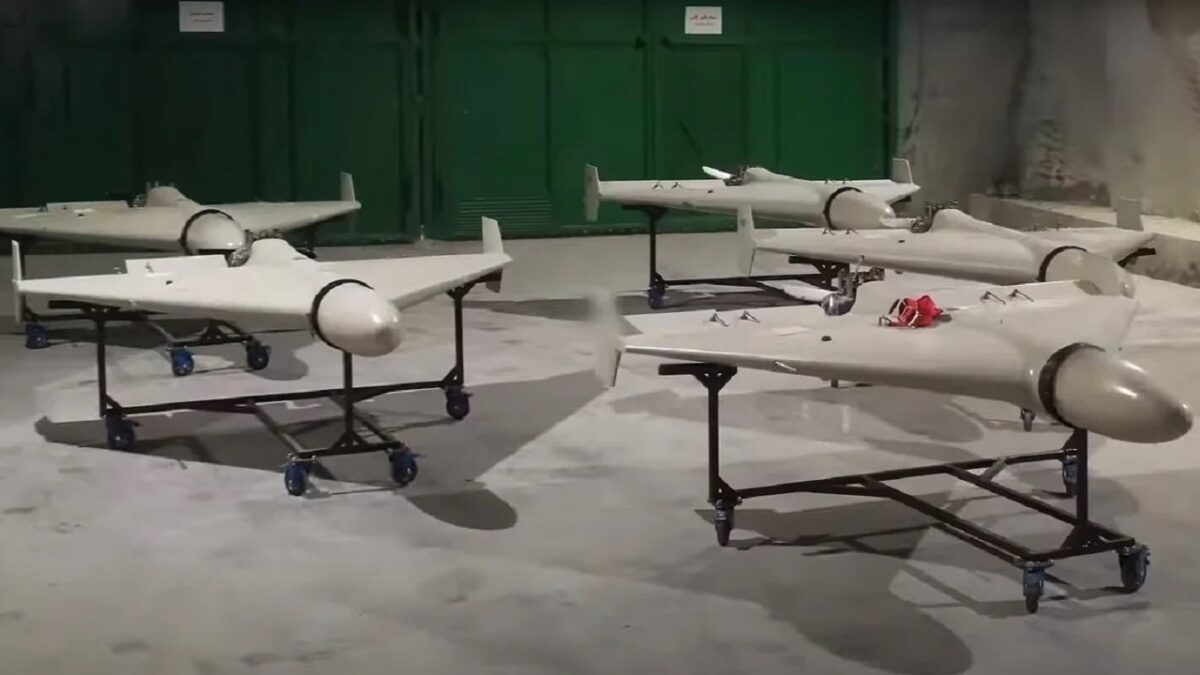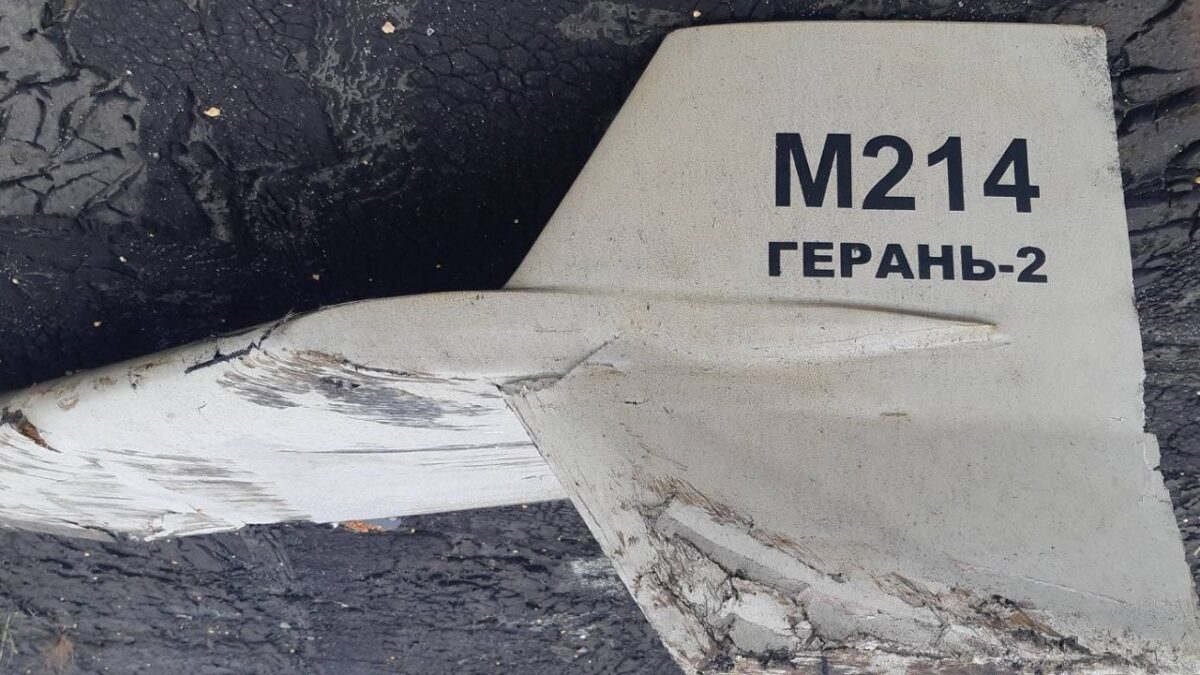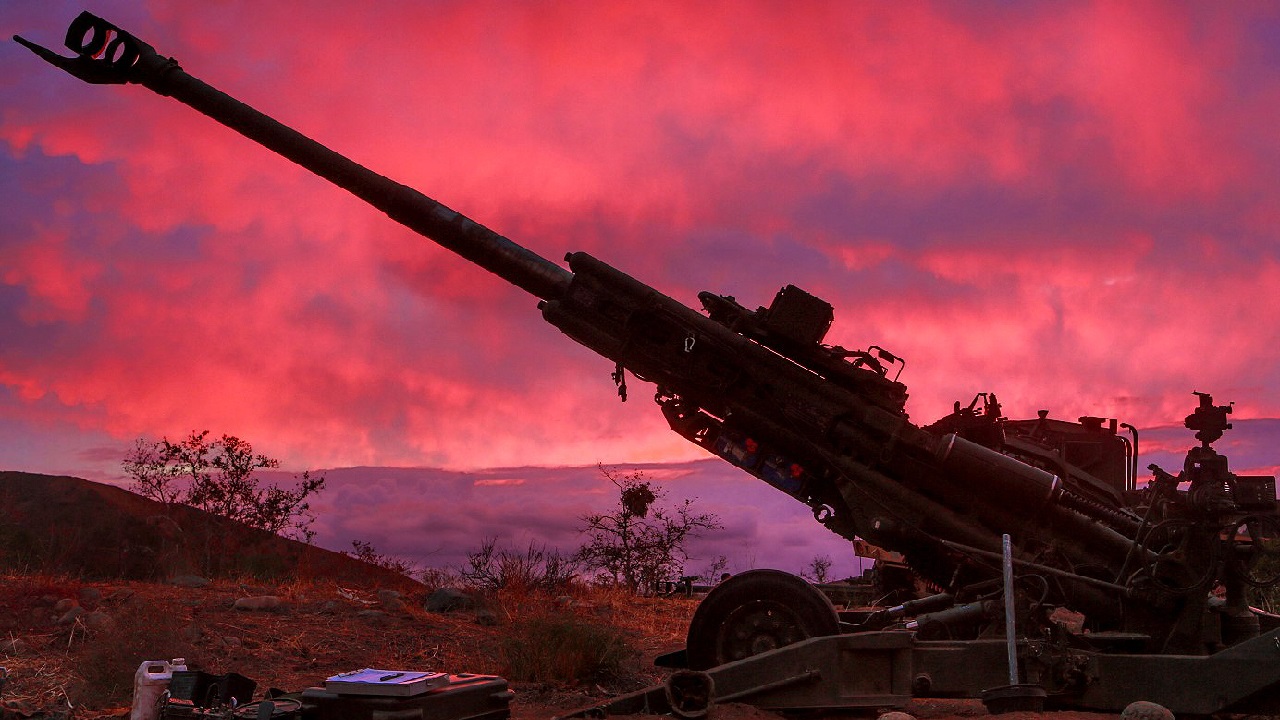The Iranian Shahed-136 drone has been a lot in the news lately. The Russian military has been using the kamikaze drone to attack Ukrainian urban centers and critical infrastructure all across the country.
The Shahed-136 Drone Over Ukraine
The Russians really started using the Shahed-136 loitering munition in mass only after the partial destruction of the Kerch Bridge that links annexed Crimea with Russia a few weeks ago. In the aftermath of the attack—for which no one has claimed official responsibility, but it is widely believed that the Ukrainians were behind it—Russian President Vladimir Putin ordered a days-long missile and drone attack against Ukrainian cities and critical infrastructure.
Analysts have pointed out that the explosive material of a Shahed-136 drone (around 88lbs of explosive) is roughly equivalent to three 155mm artillery shells (around 24lbs of explosive each) fired by the U.S. M777 howitzer that Ukraine is using.
“This analysis suggests that Russian forces are continuing to use Shahed-136 drones to generate the psychological effects associated with targeting civilian areas instead of attempting to generate asymmetric operational effects by striking legitimate military and frontline targets in a concentrated manner,” the Institute for the Study of War had assessed.
Iranian trainers from the Iranian Revolutionary Guard Corps (IRGC) have been sent to parts of Russia and Ukraine to train the Russian forces on how to use the loitering munition. Reports indicate that the Iranian trainers are in Crimea and even Belarus, a proxy of Moscow that borders Ukraine from the north and has been allowing Russian forces to use its territory to attack Ukraine.
Ukrainian Air Defenses vs. the Shahed-136
A few days ago, the British Military Intelligence dedicated one of its daily estimates to the Shahed-136 unmanned aerial system, how the Russians are using it, and how the Ukrainian air defenses are faring against the drone.
“Russia continues to use Iranian uncrewed aerial vehicles (UAVs) against targets throughout Ukraine. Ukrainian efforts to defeat the Shahed-136 UAVs are increasingly successful,” the British Military Intelligence had assessed.
According to the Ukrainian Air Force, the Ukrainian air defense systems have shot down more than 275 Iranian Shahed-136 loitering drones since the Russian military started using them on September 13.
“With official sources, including President Zelenskyy, claiming that up to 85% of attacks are being intercepted. These UAVs are slow, noisy and fly at low altitudes, making lone aircraft easy to target conventional air defences,” the British Military Intelligence had added.
The use of the Shahed-136 loitering munition by the Russian forces essentially indicates that the Russian missile stocks are dwindling and that Russian commanders are forced to use loitering munitions that have less destructive capabilities and less accuracy—not that accuracy has been a concern for the Russian military judging from the scores of examples where Russian missiles struck civilians targets indiscriminately.
“Russia is likely expending a high number of Iranian Shahed-136 UAVs in order to penetrate increasingly effective Ukrainian air defences. It is likely using them as a substitute for Russian-manufactured long-range precision weapons which are becoming increasingly scarce,” the British Military Intelligence had assessed.
Shahed-136 Pictures

Shahed-136. Image Credit: Screenshot.

Shahed-136. Image Credit: Social Media.
Expert Biography: A 19FortyFive Defense and National Security Columnist, Stavros Atlamazoglou is a seasoned defense journalist specializing in special operations, a Hellenic Army veteran (national service with the 575th Marine Battalion and Army HQ), and a Johns Hopkins University graduate. His work has been featured in Business Insider, Sandboxx, and SOFREP.

